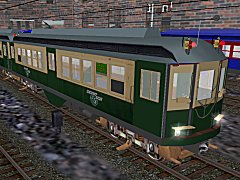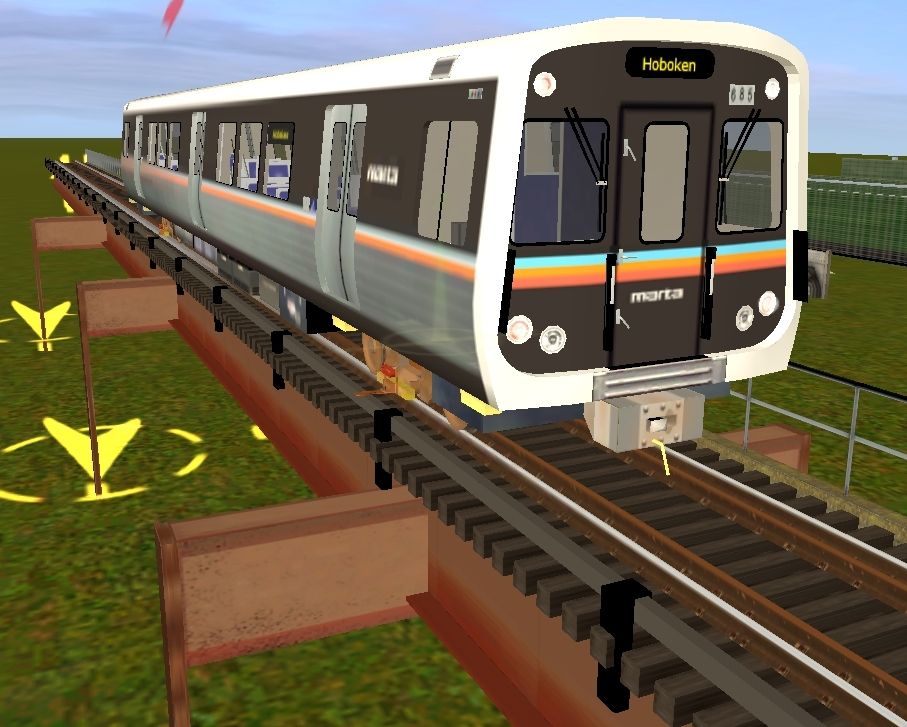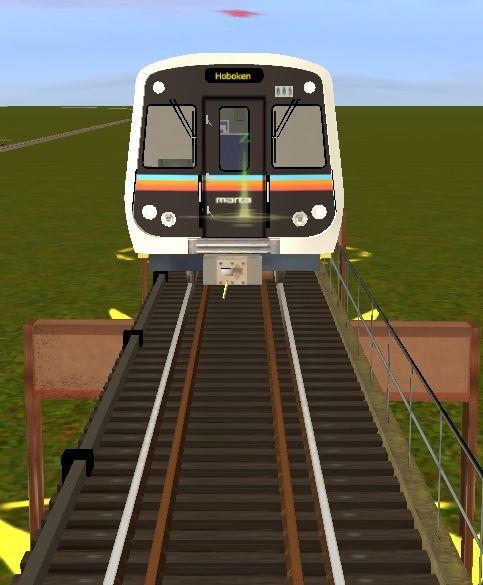Video and Screenshots of The Metro Fictional Route (Hi Res)
Hello Trainz Community! I'm just showing off my fictional metro route consisting of 3 lines (Red, Blue, and Yellow). I enjoy making montage videos of trains both in graphic and in real life. The Metro was done using trainz 2009 but I plan on getting Trainz 2012 where I will be doing NYTA Routes. For all who have a train youtube channel please feel free to subscribe, as I will subscribe to yours. I enjoy watching other people's creations; it shows me so many possibilities of what can be created from the heart of one's imagination, besides; trains are so cool to watch. Here are some screen shots and video links of the completed metro project which I began early this year. There are a total of 6 videos (on the youtube channel) which break down each of the 3 individual routes and the additional tram lines.
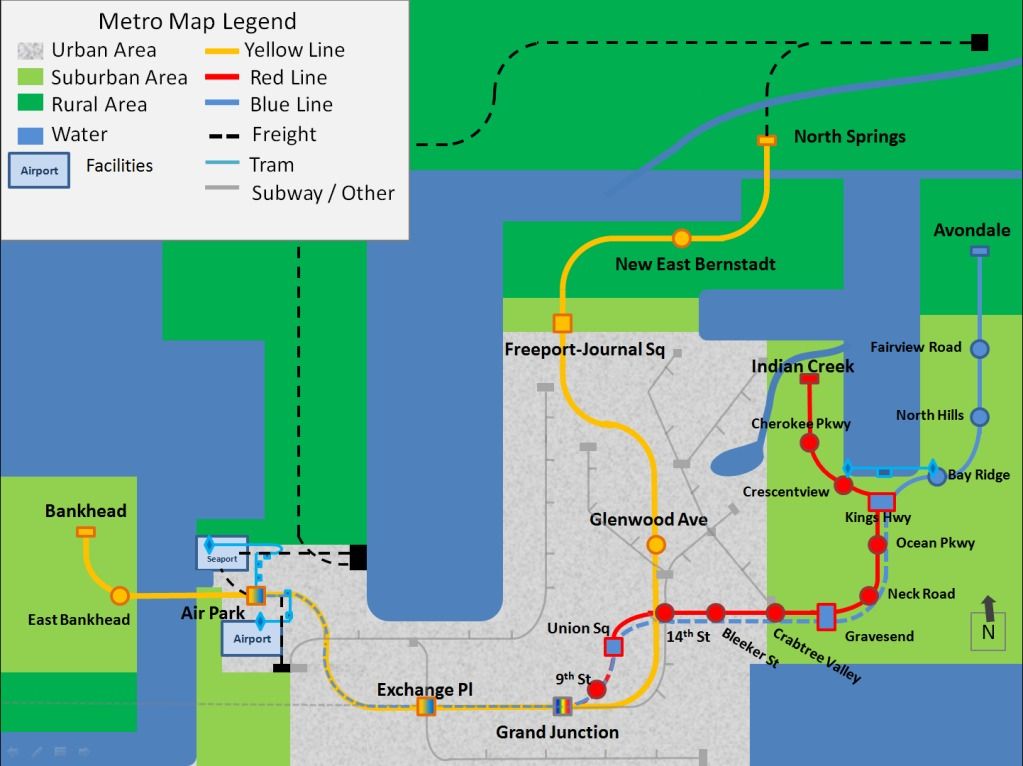

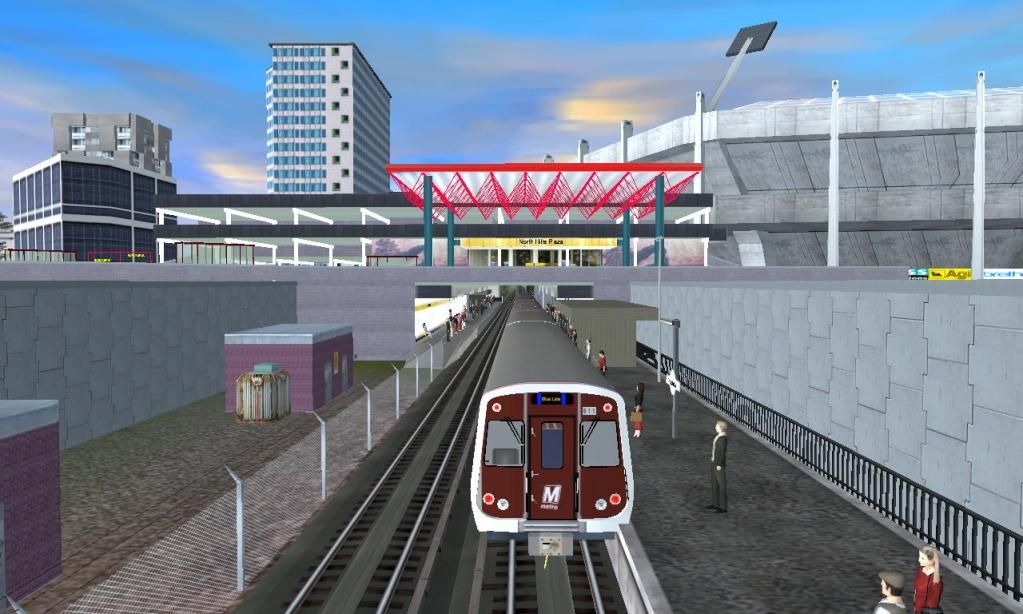
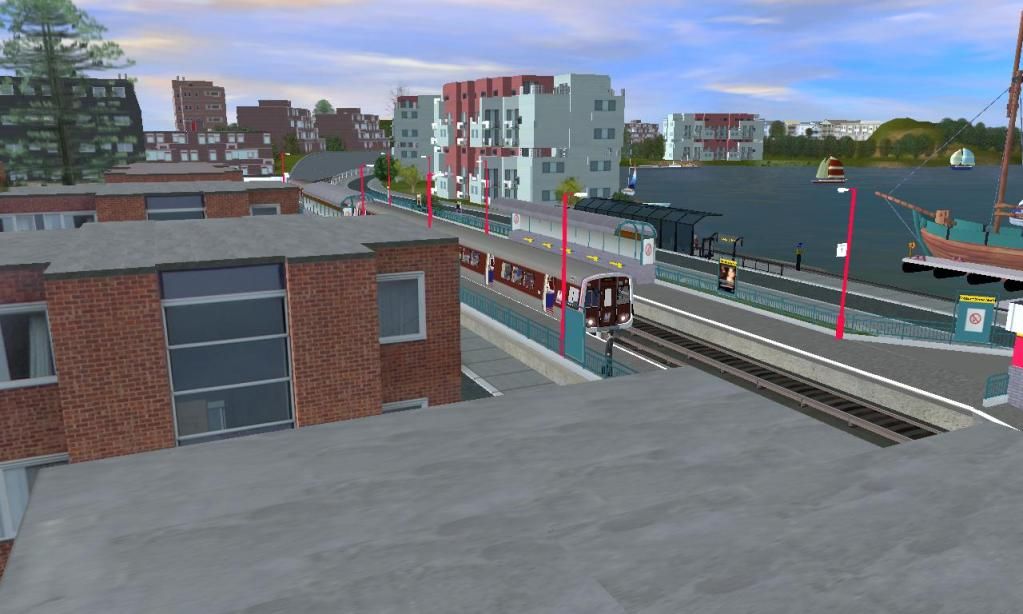
Hello Trainz Community! I'm just showing off my fictional metro route consisting of 3 lines (Red, Blue, and Yellow). I enjoy making montage videos of trains both in graphic and in real life. The Metro was done using trainz 2009 but I plan on getting Trainz 2012 where I will be doing NYTA Routes. For all who have a train youtube channel please feel free to subscribe, as I will subscribe to yours. I enjoy watching other people's creations; it shows me so many possibilities of what can be created from the heart of one's imagination, besides; trains are so cool to watch. Here are some screen shots and video links of the completed metro project which I began early this year. There are a total of 6 videos (on the youtube channel) which break down each of the 3 individual routes and the additional tram lines.




Last edited:

